I am working on a community project which goal is to reduce the speeding violations. In order to recognize the car's license plates I am using OpenALPR. The problem is that it is sensitive to camera position, that is the angle and OpenALPR have troubles detecting the LP when the angle is greater than 20 degrees (yes, I've read the recommendations about the good camera position but IRL sometimes they cannot be satisfied).
I found that the problem is that the LP area is not detected. However, cropping manually the image to contain just the car without any other modifications of the pixels (like filtering) fixes the problem and OpenALPR is able to detect the LP area.
I am looking for a solution that can do the cropping automatically. Either algorithm or tool that can compare two images "base" and "target" and return the coordinates (top left, bottom right) of the changed area in the target image.
Alternative solution would be different configuration file for the OpenALPR. I am experimenting with this last few hours but with no success.
(these are just two frames from a video)
(original image size is much bigger, i.e. 3840x2160)
Are there algorithm(s) or tools that can help me with automating this task?


